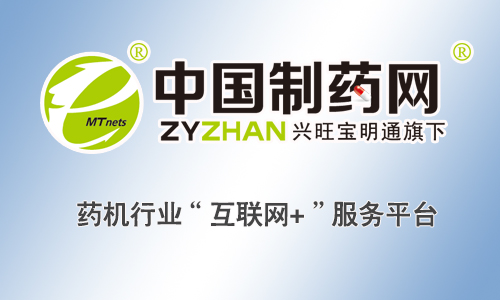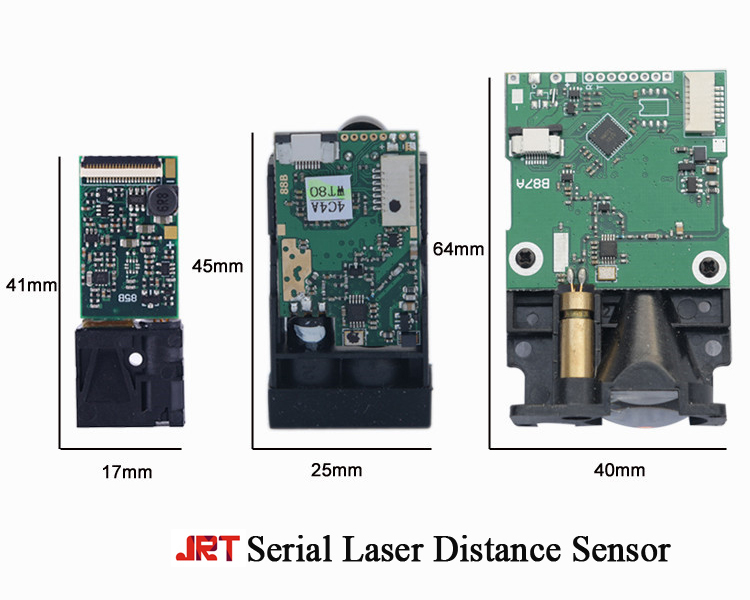[ China Pharmaceutical Network Technology News ] Because the cost of continuous trial and error is too high, more and more drug developers are turning to computers and artificial intelligence, hoping to use this technology to narrow the scope of potential drug molecules, thus saving the time for subsequent testing And money. High-tech is used by major pharmaceutical companies in the field of new drug research and development, and they hope to explore ways to improve the efficiency of new drug research and development and save more costs.
Atomwise, a San Francisco-based startup and Y Combinator, has built a system called AtomNet (pdf) that attempts to produce drugs for potential Ebola and multiple sclerosis. The project aims to simulate pharmaceutical processes using supercomputers, AI and sophisticated algorithms to predict the effectiveness of new drugs while reducing R&D costs. Atomwise has launched two projects that show the potential of AtomNet, multiple sclerosis drugs and Ebola virus. According to Atomwise, MS drugs have been licensed to unpublished British pharmacology companies, and Ebola drugs are being prepared for submission to peer-reviewed publications.
Atomwise recently used AI technology to analyze and test more than 7,000 drugs in less than a day, contributing to the search for Ebola treatment options. According to the company's statistics, this analysis can take months or even years to complete using traditional methods. However, Alexander Levy, chief operating officer of Atomwise, mentioned that AtomNet still needs to be tested, and artificial intelligence does not solve all medical development problems. In addition to excavating compounds to develop new drugs, Berg Biopharma is developing new drugs by studying biological data. "Berg uses its Interrogative Biology artificial intelligence platform to research human health organizations, explore human molecules and cell defense organizations, and the mechanisms of pathogenesis, using artificial intelligence and big data to estimate the potential drug compounds of the body's own molecules.
In order to identify genes encoding proteins that have great potential as drug targets, these vendors pin their hopes on algorithms. At present, some new algorithm models add a new level of complexity to narrow the range of related proteins, drugs, and clinical data to better predict which genes are most likely to bind proteins and drugs. Researchers estimate that about 15% to 20% of new drug costs are spent on exploration. Typically, this means spending hundreds of millions of dollars and 3 to 6 years of work. Nowadays, some people hope to shorten this process to several months through AI and significantly reduce the cost of research and development.
TwoXAR is developing an AI-driven glaucoma drug, and Berg is working on algorithmic cancer treatment. Atomwise's project is unique in that it extracts large amounts of data from birth to death. This feature solves the "life and death" problem in the pharmaceutical industry because of the large number of expensive and time-consuming drugs involved. Atomwise says it has the best results in the world for new drug discovery, binding affinity prediction and toxicity testing. In terms of partners, in addition to some confidential projects with Merck and Autodesk, Atomwise continues to conduct research with academic and corporate clients.
Artificial intelligence has gradually increased the number of companies developing new drugs. In addition to European and American pharmaceutical companies, Japanese pharmaceutical companies are also actively facing new technologies. We believe that as researchers find new models in existing knowledge systems, there will be a wave of medical innovations that cannot be underestimated.

(Pharmaceutical enterprises widely use high technology to improve the rate of research and development of new drugs. Image Source: Baidu Pictures)
Atomwise, a San Francisco-based startup and Y Combinator, has built a system called AtomNet (pdf) that attempts to produce drugs for potential Ebola and multiple sclerosis. The project aims to simulate pharmaceutical processes using supercomputers, AI and sophisticated algorithms to predict the effectiveness of new drugs while reducing R&D costs. Atomwise has launched two projects that show the potential of AtomNet, multiple sclerosis drugs and Ebola virus. According to Atomwise, MS drugs have been licensed to unpublished British pharmacology companies, and Ebola drugs are being prepared for submission to peer-reviewed publications.
Atomwise recently used AI technology to analyze and test more than 7,000 drugs in less than a day, contributing to the search for Ebola treatment options. According to the company's statistics, this analysis can take months or even years to complete using traditional methods. However, Alexander Levy, chief operating officer of Atomwise, mentioned that AtomNet still needs to be tested, and artificial intelligence does not solve all medical development problems. In addition to excavating compounds to develop new drugs, Berg Biopharma is developing new drugs by studying biological data. "Berg uses its Interrogative Biology artificial intelligence platform to research human health organizations, explore human molecules and cell defense organizations, and the mechanisms of pathogenesis, using artificial intelligence and big data to estimate the potential drug compounds of the body's own molecules.
In order to identify genes encoding proteins that have great potential as drug targets, these vendors pin their hopes on algorithms. At present, some new algorithm models add a new level of complexity to narrow the range of related proteins, drugs, and clinical data to better predict which genes are most likely to bind proteins and drugs. Researchers estimate that about 15% to 20% of new drug costs are spent on exploration. Typically, this means spending hundreds of millions of dollars and 3 to 6 years of work. Nowadays, some people hope to shorten this process to several months through AI and significantly reduce the cost of research and development.
TwoXAR is developing an AI-driven glaucoma drug, and Berg is working on algorithmic cancer treatment. Atomwise's project is unique in that it extracts large amounts of data from birth to death. This feature solves the "life and death" problem in the pharmaceutical industry because of the large number of expensive and time-consuming drugs involved. Atomwise says it has the best results in the world for new drug discovery, binding affinity prediction and toxicity testing. In terms of partners, in addition to some confidential projects with Merck and Autodesk, Atomwise continues to conduct research with academic and corporate clients.
Artificial intelligence has gradually increased the number of companies developing new drugs. In addition to European and American pharmaceutical companies, Japanese pharmaceutical companies are also actively facing new technologies. We believe that as researchers find new models in existing knowledge systems, there will be a wave of medical innovations that cannot be underestimated.
With low-power, miniature size, the serial communication department range sensor with mm accuracy can measure up to 20m, 40m, 60m, 100m, 150m, 200m.
If you want to connect our laser range sensor boards together with your computer, you can directly choose the model with one USB connector.
In your project, you can use our distance sensor panel to measure a distance.

Serial Laser Distance Sensor,Serial Communication Laser Distance Sensor,Laser Range Sensor Boards,Distance Sensor Panel
Chengdu JRT Meter Technology Co., Ltd , https://www.irdistancesensor.com